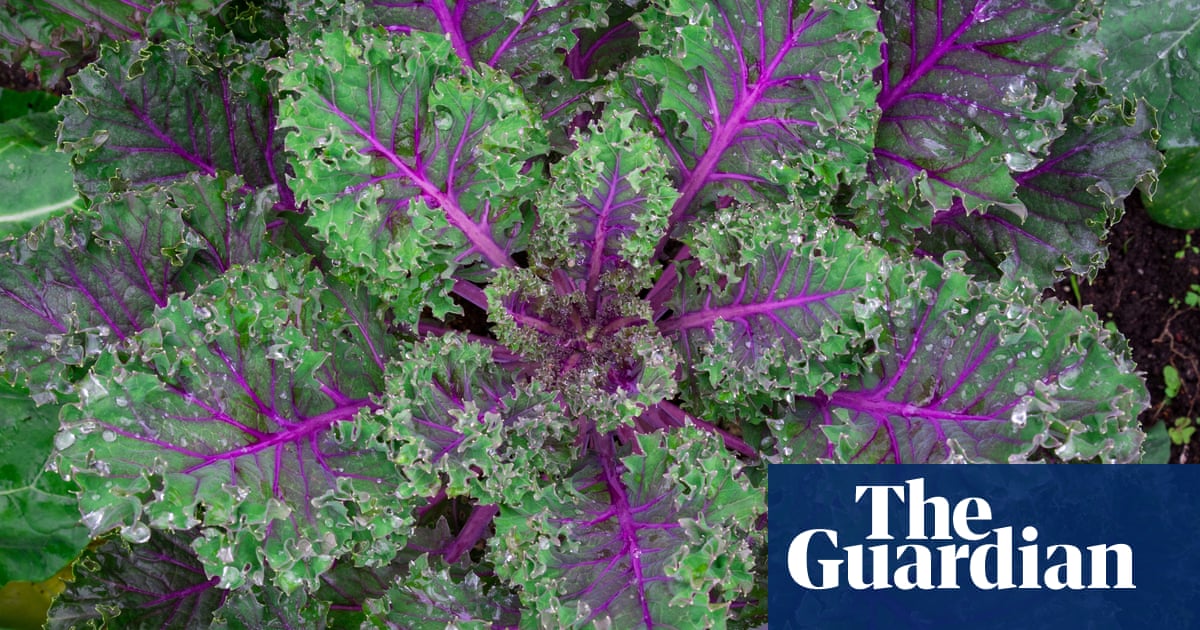
Midsummer, when the days are deliciously long and the nights are short, may feel like an odd time to think about winter, but let me attempt to convince you otherwise. The seeds of some of my favourite edible plants can be sown now, will grow and establish while the weather is still favourable, and can be harvested in autumn and into winter.
And then, with some protection (a cloche, cold frame, greenhouse, polytunnel or simply some horticultural fleece), they will dwell quietly through the colder months awaiting the shift in seasons when they’ll start growing again to offer the earliest of spring harvests.
Mustard greens – such as mizuna, mibuna, purple frills and green in snow – can be sown throughout the year. However, between their tendency to bolt in hot weather and the flea beetle that peppers their leaves with holes throughout summer, I’ve always found growing these leafy, spicy brassicas to be more satisfying through the cooler months. Sown now, they’ll produce punchy leaves that offer a welcome addition to the palate under grey winter skies.
And while I’m in the brassica section of my seed box, I plan to sow another succession of red russian kale (a plant which is almost always growing in my veg patch). It’s dusky purple and green leaves are more delicate than most other kale varieties, in both appearance and flavour. Their young leaves can be eaten raw in a dressed salad or left to grow larger and cooked either side of Christmas.
Radicchio and endive – types of chicory – grow best in cool weather and their bitter leaves make for an interesting cut-and-come-again salad. Some varieties lend themselves well to being cooked although their strong flavour and texture aren’t universally beloved.
Less intense is lamb’s lettuce (also called corn salad) which is a fast-growing, compact and unfussy plant whose leaves bring a brightness to winter salads with less of the intensity of those described above. Winter purslane (claytonia) is a similarly robust crop that produces succulent leaves that are surprisingly resilient in winter. If left to flower, both lamb’s lettuce and winter purslane will self-seed readily and return year after year – almost too resolutely!
Also on the gentler end of the taste spectrum is a lettuce variety called Brighton, whose seeds I’ll be sowing in about a month’s time. I’m always amazed at how well it stands when the temperature drops and how the crisp, mild leaves it produces taste summery. In mild winters, I’ve found parsley can survive outside without protection as long as it’s established. So if you don’t have any plants in the ground yet there’s still time to grow them from seed that should be mature enough to tough it out as the seasons change.











